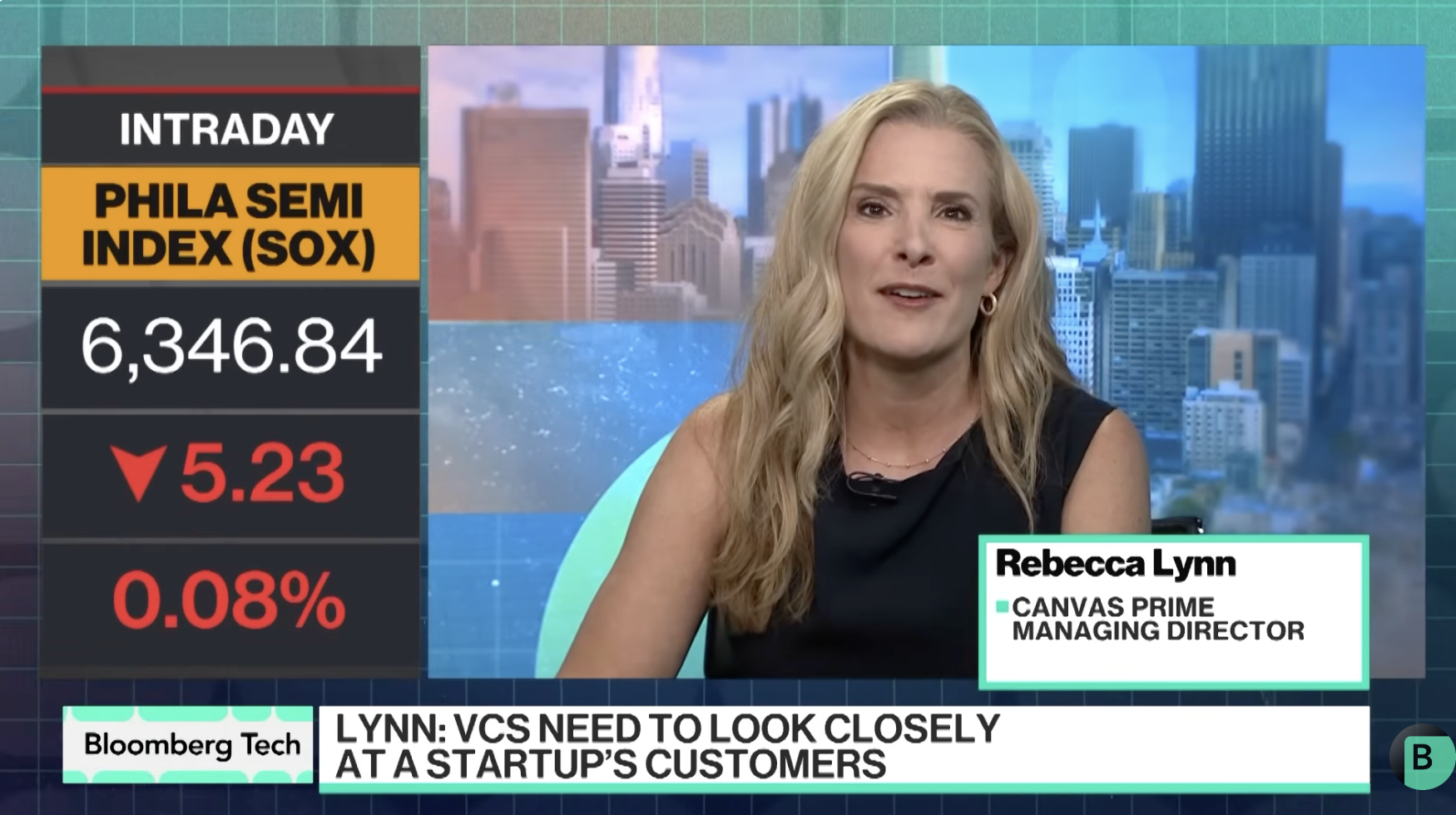What goes up, also comes down. Seasoned investors not only understand how to view cycles overall, but also how to support founders at the various stages. Canvas Co-Founder and General Partner Rebecca Lynn joined Charles Birnbaum (Bessemer Venture Partners), Maria Gotsch (Partnership Fund for NYC) and Brian Hirsch (Tribeca Venture Partners) in a panel discussion moderated by veteran investor Ron Suber at this year’s LendIt Fintech to share earned wisdom on building in optionality from Day 1 to successfully navigating a down round in partnership with your VC.
Watch the full video here, or fast-forward to key moments below:
[3:50] How founders can bake in optionality by cultivating the right relationships from the start.
“I emphasize optionality. Talk with people who could be potential strategic partners, because they could also be investors or acquirers. From the very beginning, it’s forming relationships and opportunities where at any point in time you have optionality between raising money, a strategic investment, or an exit.”—Rebecca Lynn
[9:45] Why it’s important for entrepreneurs to consider the risks of a “shotgun” wedding with an investor.
“I haven’t seen down rounds in quite a while but I can guarantee there will be some in the future. . .I’m seeing a lot of what I call shotgun weddings in the market right now. . . You can’t divorce your investor; you can divorce a spouse. . . A word of caution in a very hot market is for entrepreneurs to balance the hotness of the market with making sure you don’t do something today that you’re going to regret in 12 - 24 months. The multiples seven years from now when you’re looking to exit will not be the multiples that we’re seeing today. . . On a historical level, they’re more likely to be lower.”––Brian Hirsch
[14:30] The best way to work with your VCs during a down round scenario.
“Quickly, rapidly, and with full transparency. We’re in the boat with the entrepreneur, we need to work as fast as we can as a team to right-size things and correct the situation and set the company up for success going forward. Investors need to understand what the full picture truly looks like. . . And back in the past, when these things have happened, we’ve had some incredibly successful outcomes, but we really need that full transparency and almost a war-room situation to make sure that company is set up for success in the future.”––Rebecca Lynn
[33:15] One VC’s take on how to navigate secondaries with intention and control to drive the most reasonable process.
“I try to work with the team to talk about the implications of selling secondary—it goes beyond just the economics of it. Try to make it a controlled process, not to have it be this constant distraction. Most common these days your existing investors are going to be happy to buy that secondary. It’s better to do it in a controlled fashion, whether at a zero percent discount or a 20 or 25 percent discount, which was more common two or three years ago.”––Charles Birnbaum
[39:30] A one-minute summary on capital structure—common, preference, the stack, and the waterfall.
“It’s a pot of money, and the question is: who gets the money out first? It’s very simple. The higher up your letter, you have the rights to the money first.”––Maria Gotsch
Subscribe to the Canvas YouTube page to get the latest insights.



%20(1).jpg)

